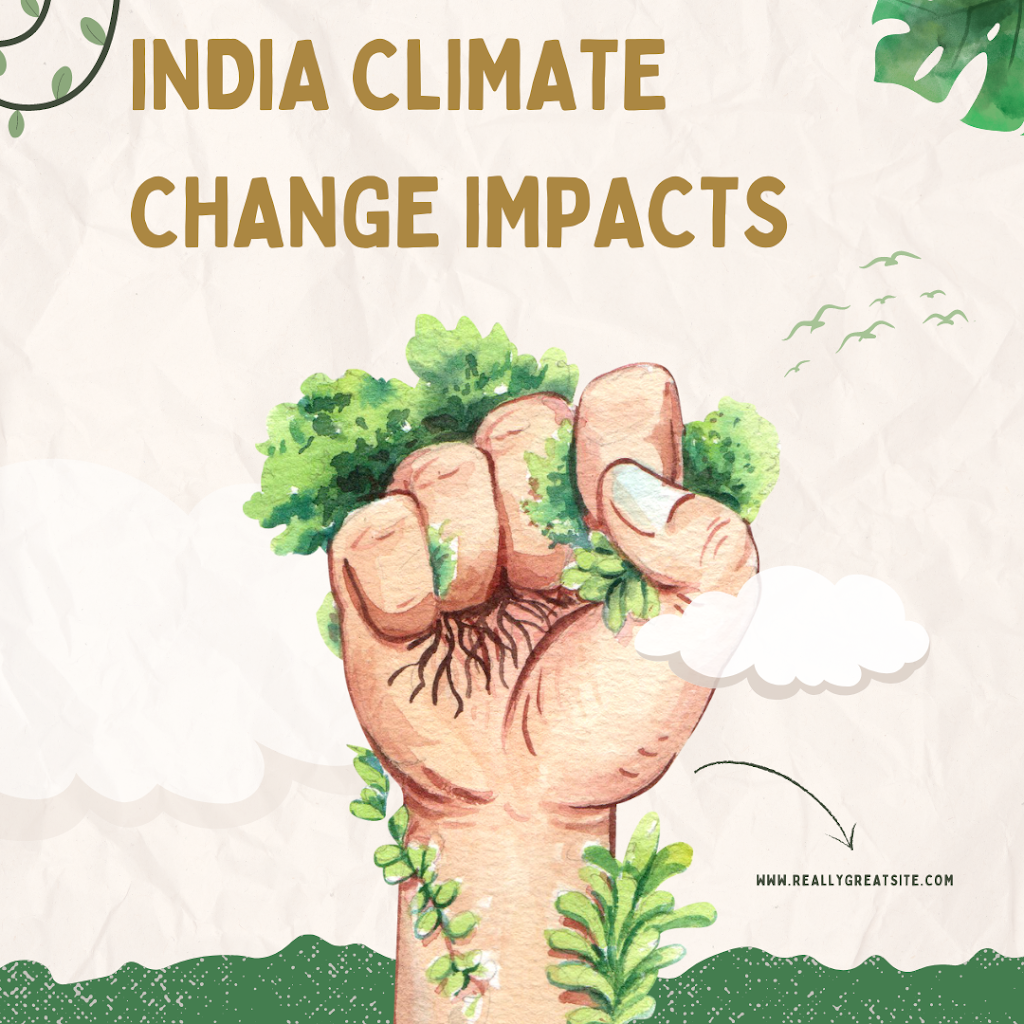
Climate change is influenced by a complex interplay of various factors, both natural and human-induced. These factors contribute to changes in the Earth’s climate system. The key factors that cause climate change include:
Factors That Cause Climate Change In Global Warming And Earth
Greenhouse Gas Emissions: Greenhouse gases, such as carbon dioxide (CO2), methane (CH4), and nitrous oxide (N2O), are released into the atmosphere from human activities like burning fossil fuels, deforestation, and agricultural practices. These gases trap heat from the sun, leading to a rise in global temperatures, a phenomenon known as the greenhouse effect.
Human Activities: Human activities, including the burning of fossil fuels for energy production and transportation, industrial processes, and land-use changes, are the primary contributors to the increase in greenhouse gas concentrations and, therefore, climate change.
Natural Greenhouse Gas Sources: Natural processes, such as volcanic eruptions, wildfires, and the decomposition of organic matter in wetlands, release greenhouse gases into the atmosphere. These natural emissions, though significant, are relatively balanced by natural sinks and have been part of the Earth’s carbon cycle for millions of years.
Solar Variability: Variations in solar radiation, including changes in solar output and sunspot cycles, can influence the Earth’s climate. However, these solar changes have a relatively small impact on climate compared to human-induced factors.
Volcanic Activity: Large volcanic eruptions can release significant amounts of volcanic ash and gases, including sulfur dioxide, into the atmosphere. These particles and gases can temporarily reflect sunlight and lead to short-term cooling effects, but they do not have a long-term impact on climate.
Orbital Variations (Milankovitch Cycles): Earth’s orbit goes through regular cycles of eccentricity (changes in the shape of the orbit), axial tilt (changes in the angle of Earth’s axis), and precession (changes in the direction of Earth’s axis). These variations can affect the distribution and intensity of sunlight received on the Earth’s surface, leading to long-term climate changes, including ice ages.
Ocean Currents and Circulation: Natural variations in ocean currents, such as El Niño and La Niña events, can impact regional climate patterns. Ocean circulation, including the Atlantic Meridional Overturning Circulation (AMOC), plays a critical role in redistributing heat around the planet.
Land Use Changes: Changes in land use, such as deforestation and urbanization, can disrupt local and regional climate patterns, alter the water cycle, and contribute to warming through the urban heat island effect.
Natural Variability: Natural climate variability includes phenomena like the Pacific Decadal Oscillation and the North Atlantic Oscillation, which can lead to variations in climate patterns, including changes in temperature and precipitation.
It’s important to emphasize that while natural factors have influenced the Earth’s climate in the past, the current climate change observed is primarily driven by human activities, particularly the emission of greenhouse gases. Human-induced factors have been the dominant drivers of climate change over the past century and are causing rapid and unprecedented changes in the Earth’s climate system. Addressing climate change requires global efforts to reduce greenhouse gas emissions and mitigate its impacts Global warming







